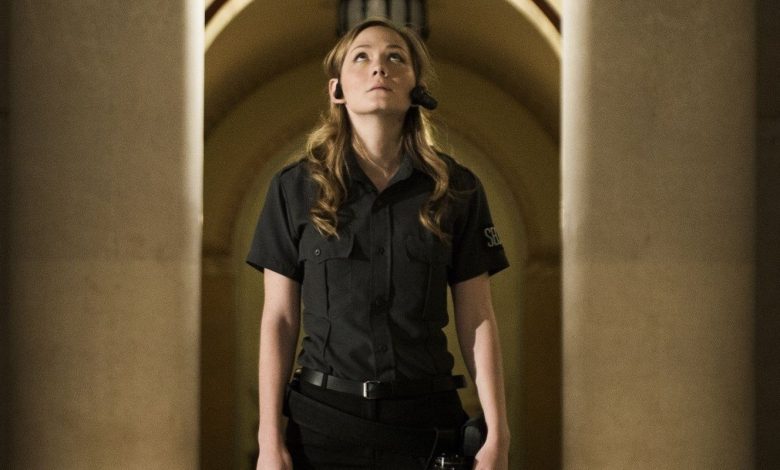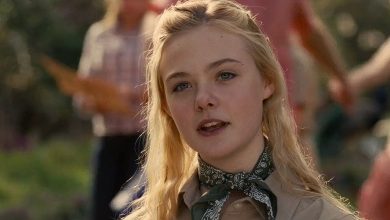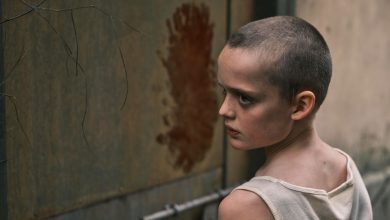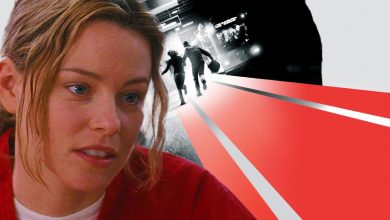The Abandoned (2015): A Fresh Take on Haunted Horror That’s Both Scary and Sympathetic

If horror films have taught us anything, it’s this: never trust an abandoned building. From haunted houses to forsaken asylums, the genre thrives on eerie silence and creeping shadows. But The Abandoned (2015) puts a unique spin on that formula. Directed by Eytan Rockaway, this slow-burn thriller stars Louisa Krause and Jason Patric as night-shift guards in an unfinished luxury apartment complex with a sinister past. What unfolds is a mix of psychological horror, atmospheric dread, and emotional depth that separates it from the genre’s clichés.
A Haunting Hidden in Plain Sight
At first glance, the setting doesn’t scream horror. The building isn’t decaying or crumbling—it’s pristine, powered, and eerily quiet. But that stillness is unsettling in itself. Apartment complexes are meant to be lively, full of people and activity. Instead, this one is cold and hollow, making the silence feel unnaturally loud.
Louisa Krause plays Julia Streak, a troubled woman trying to hold down her new job as a guard. Her partner, Dennis Cooper (Jason Patric), is gruff and unsympathetic, making her uneasy shift feel even more isolating. Julia’s mental health and history of trauma cast early doubt: Are the voices and visions real or a symptom of her psyche? That question lingers until she disobeys orders and enters a forbidden room, revealing a terrifying truth.
A History of Hidden Suffering
The building wasn’t always an apartment complex. It was once a home for disabled children, many of whom died in pain and isolation. From there, The Abandoned shifts gears into a more traditional haunted asylum movie—dark hallways, flickering lights, and ghastly apparitions. But the film doesn’t rely solely on scares. Instead, it leans into emotional resonance and tragic backstory, giving the ghosts a purpose beyond jump scares.
Breaking the Mold of Problematic Horror Tropes
Unlike many horror films that exploit disability for shock value, The Abandoned treats its ghosts with empathy. The children who haunt the complex aren’t grotesque villains—they’re tragic figures who suffered in life and seek acknowledgment in death. Julia doesn’t recoil from them out of disgust, but fear of the unknown. Once she understands their pain, she meets them not with screams, but with compassion.
See More ...
This empathetic resolution stands out in a genre often criticized for demonizing difference. When Julia finally confronts the spirits, she doesn’t destroy them. She recognizes their humanity, offering love and validation instead of violence.
A Final Twist That Reframes It All
Just when you think the story has ended, The Abandoned reveals a final twist that redefines everything that came before. Without spoiling it, this revelation brings Julia’s journey full circle and adds a bittersweet emotional weight to her decisions and actions. It’s the kind of twist that doesn’t undercut what came before, but deepens it.
The Abandoned is more than just a haunted building thriller—it’s a psychological and emotional exploration of trauma, guilt, and redemption. With its eerie atmosphere, empathetic treatment of its characters, and unexpected narrative turns, it’s a standout entry in modern horror. For fans tired of cheap scares and shallow stories, this film offers something richer and more haunting—in every sense of the word.




